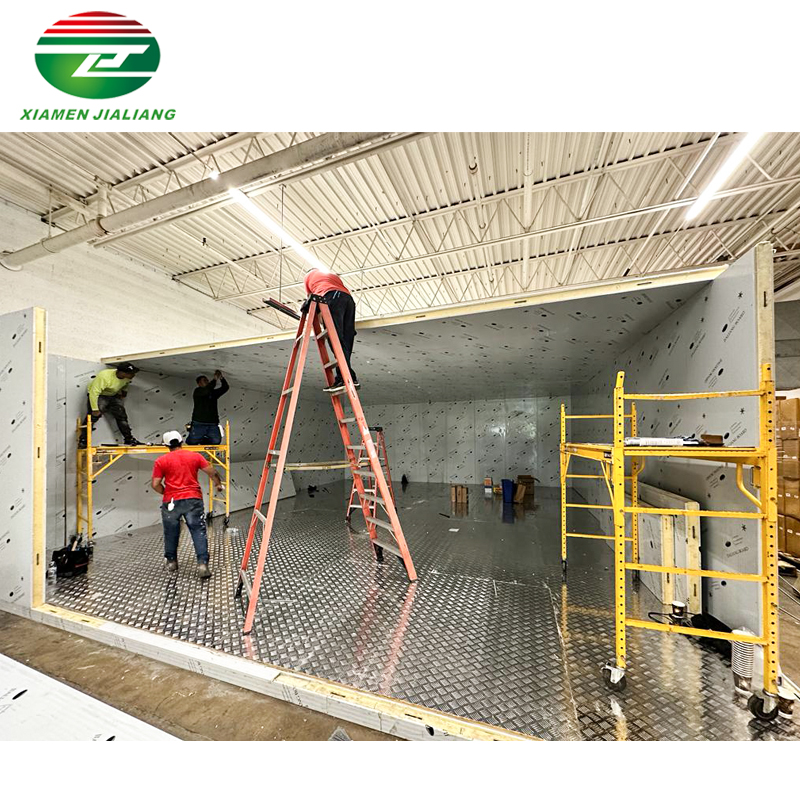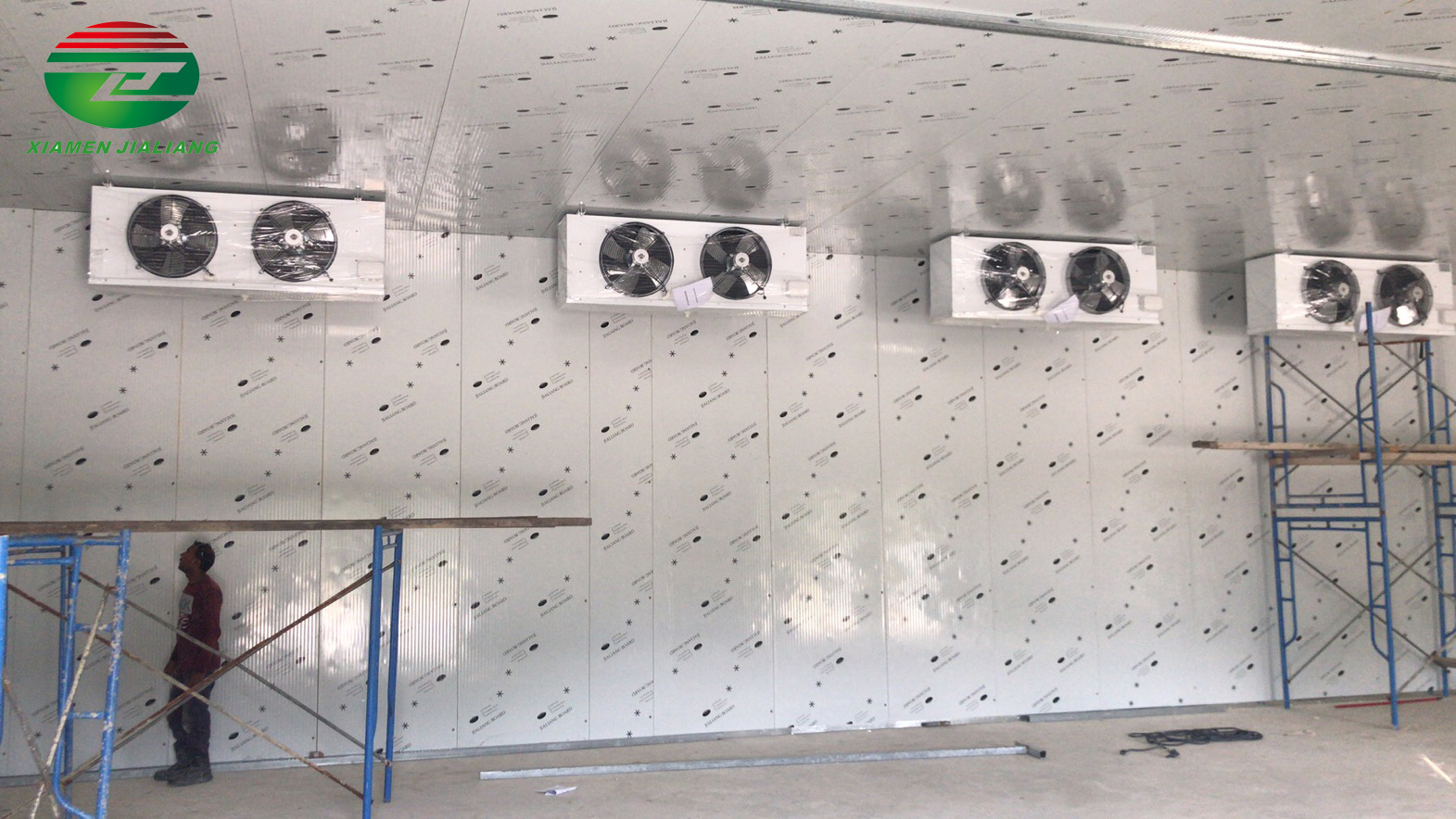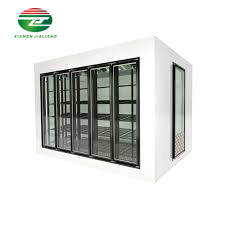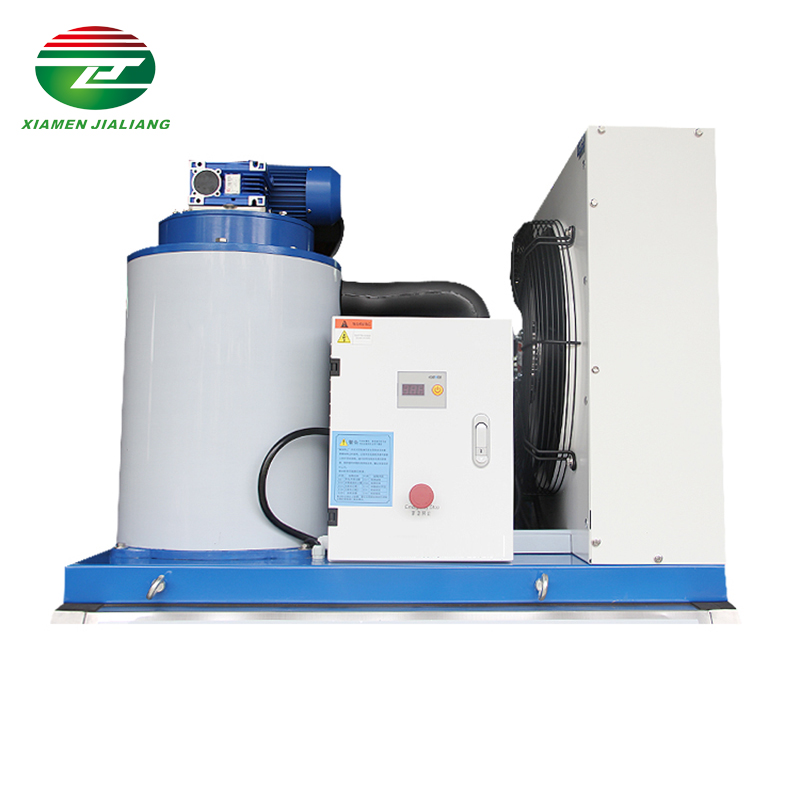Ice Cream and Ice Lolly Cold Rooms
A facility specifically designed for storing ice cream and popsicles.
Ice Cream and Ice Lolly Cold Rooms
一. Ice Cream and Ice Lolly Cold Rooms
Ice cream and ice lolly cold rooms are facilities designed specifically for storing ice cream and ice lollies. They are engineered to maintain extremely low temperatures and appropriate humidity levels to ensure the freshness and optimal texture of ice cream and ice lollies, while preventing melting or softening.
Ice cream and ice lolly cold rooms typically possess the following features:
1.Temperature Control: Cold rooms maintain the optimal refrigeration temperature required for ice cream and ice lollies.
2. Humidity Control: Ice cream and ice lolly cold rooms usually maintain relatively low humidity levels.
3. Refrigeration System: Equipped with powerful refrigeration systems, cold rooms rapidly lower temperatures and maintain a stable refrigerated environment.
4. Insulation Performance: Cold rooms may have excellent insulation properties to reduce temperature fluctuations and energy wastage.
5. Hygiene Standards: Ice cream and ice lolly cold rooms must adhere strictly to hygiene standards to ensure the quality and safety of the products. Maintaining cleanliness and hygiene inside the cold room is crucial.
6. Proper Packaging: Ice cream and ice lollies are often stored in specialized packaging to prevent frost and contamination.
7. Storage Capacity: The size and storage capacity of the cold room are designed according to actual requirements, ensuring enough space for a sufficient quantity of ice cream and ice lollies.
8. Monitoring System: Some cold rooms may be equipped with temperature and humidity monitoring systems, as well as alert systems, to promptly detect and address any temperature anomalies.
The aim of ice cream and ice lolly cold rooms is to provide optimal refrigeration conditions to ensure the freshness and deliciousness of the products.

二. Differences Between Ice Cream and Ice Lolly Cold Rooms and Regular Cold Rooms
Ice cream cold rooms and regular cold rooms differ in design and purpose to meet the special refrigeration needs of ice cream and ice lollies. Here are some distinctions between them:
1.Temperature Requirements: Ice cream cold rooms need to maintain a lower temperature range, typically between -18 to -20 degrees Celsius, to preserve the quality and texture of ice cream. Regular cold rooms have a temperature range of approximately -2 to -5 degrees Celsius, suitable for storing other foods and beverages.
2. Humidity Requirements: Ice cream cold rooms require relatively low humidity to prevent frosting and freezing on the surface of ice cream. Regular cold rooms usually have higher humidity levels to prevent premature drying of other foods.
3. Structural Design: Ice cream cold rooms are often equipped with more robust refrigeration systems to ensure rapid cooling and stable low-temperature maintenance. Additionally, they may have better insulation performance to reduce temperature fluctuations and energy waste.
4. Hygiene Requirements: Ice cream cold rooms demand stricter hygiene standards to ensure the quality and safety of ice cream and ice lollies. Maintaining hygiene inside the cold room is crucial because ice cream can easily absorb odors.
5. Packaging and Storage Methods: Ice cream and ice lollies typically require specialized packaging to prevent frost and contamination. Regular cold rooms can store various foods and beverages without needing special packaging.
In summary, ice cream cold rooms are specifically designed to meet the refrigeration needs of ice cream and ice lollies, providing lower temperatures, appropriate humidity, and stricter hygiene standards to ensure optimal ice cream quality. Regular cold rooms are more versatile, suitable for storing a variety of products and offering more relaxed temperature and humidity control.

三. Refrigeration Temperatures for Ice Cream and Ice Lollies
The refrigeration temperatures for ice cream and ice lollies vary based on their ingredients and production methods. Here are the typical refrigeration temperatures:
- Ice Cream:
Ice cream, usually made from dairy products, sugar, and flavor additives, should be stored at temperatures between -18 to -20 degrees Celsius. Within this range, ice cream maintains a consistent texture, prevents ice crystallization, and preserves its optimal flavor.
- Ice Lollies:
Ice lollies, often composed of fruit juice, water, sugar, and flavor additives, should be stored at temperatures between -20 to -25 degrees Celsius. Due to the higher water content in ice lollies, lower temperatures are required to maintain their frozen state and prevent melting or softening.
It's important to note that actual refrigeration temperatures may vary depending on the formulations, materials, packaging, and manufacturing processes of ice cream and ice lollies.
Ice cream and ice lolly cold rooms play a crucial role in the storage of these frozen treats, providing reliable storage solutions for the industry. If you would like to learn more about ice cream and ice lolly cold rooms, please contact us. Our website is www.coldroomjl.com.






